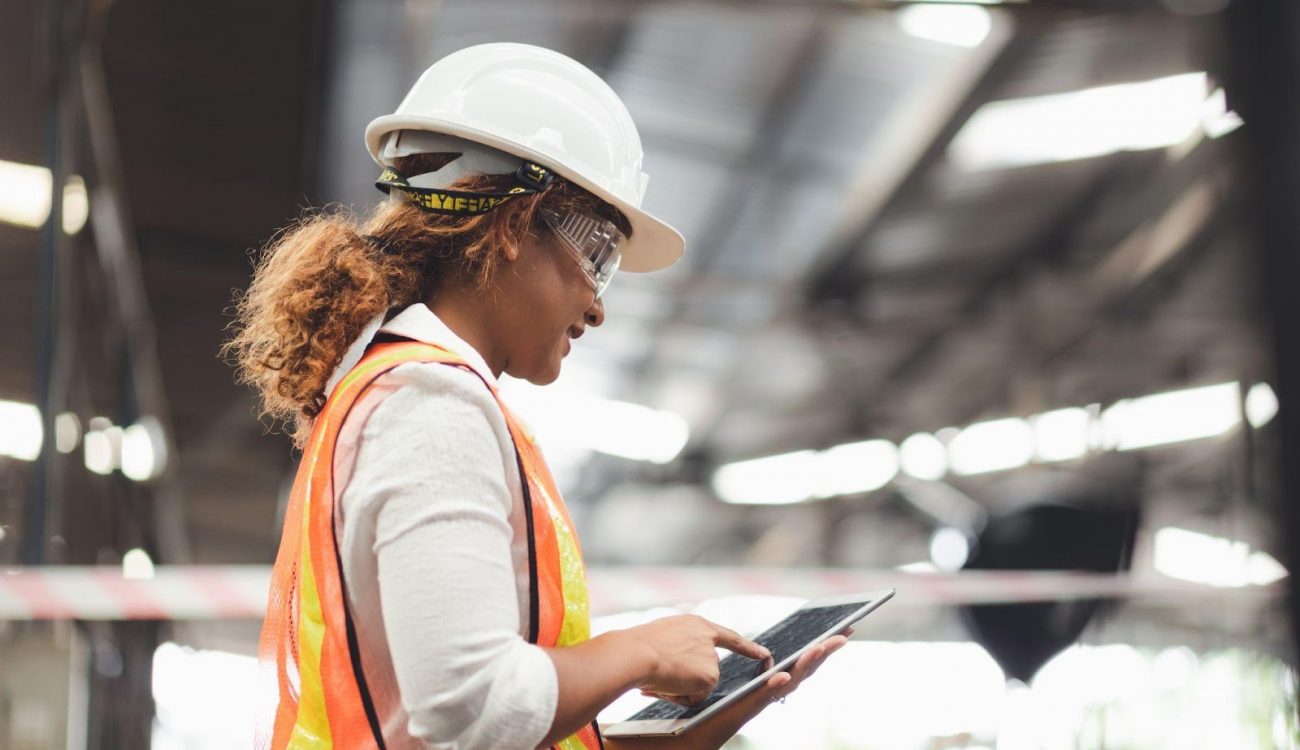As anyone who has worked in or with warehouses can attest, there are many moving parts involved in the various processes involved in daily operations. Unfortunately, the history of warehouse labor in the United States is riddled with examples of unsafe working conditions.
Today, warehouses are much safer than they were in the past, but there are still dangers in modern warehouses. Every year, there are tens of thousands of accidents in U.S. warehouses, with thousands of fatalities that happen either in the warehouse or as a result of injuries sustained in the warehouse.
While warehouses are steadily getting safer and more efficient, there is plenty of room for improvement across the board. In this blog, we’ll discuss some of the most glaring safety issues facing modern warehouses and how smart, thoughtful design can provide solutions.
The Dangers Of Modern Warehouses
As stated earlier, modern warehouses are far from perfect, despite the wonderful improvements and advancements over the years. As companies like Amazon continue to push the envelope of volume and efficiency, new cracks begin to form in the areas of safety and sustainability.
Below are just some issues that can lead to major problems:
Vehicles and Pedestrians
Vehicles pose a threat to pedestrians in everyday life, but they also can be a threat to workers in warehouses. According to some reports, incidents caused by vehicle-worker interactions represent the third highest cause of worker fatalities. While the advent of automation promises to reduce these incidents, they can still cause problems if not properly integrated into the workflow.
Among warehouse and manufacturing vehicle accidents, forklifts are by far the biggest culprit. Not only are they responsible for tens of thousands of injuries each year, but they also can be directly linked to about 100 deaths per year as well.
Falling Items
Falling items are another ever-present danger in warehouses. They are also responsible for a large portion of injuries every year. Height represents a great way to store items without expanding outwards, but putting things up high, unfortunately, means that they have the chance of falling down.
Loading and Unloading
The loading/unloading dock is one of the most dangerous areas in your warehouse because of the sheer number of moving parts and the urgency involved there. Traffic is often flowing in multiple directions, and packages of various sizes have to move hands at a rapid pace.
As you could imagine, these factors create a recipe for disaster, as we’ve seen countless times at warehouses across the nation. Here, common incidents include workers falling off of ramps, people pinned between vehicles, or harm from improperly secured products.
Weather
As climate change continues to affect the daily lives of billions across the world, warehouses are beginning to feel the pressure. Just recently, a tornado completely devastated a Kentucky candle factory, producing both fatal and severe injuries to many.
Callous management aside, many workers and locals in the area said that a tornado hitting that area during this time of year is highly unusual. Looking at weather data confirms this, which could be considered a sign of things to come.
The above dangers do not exhaust the potential dangers of warehousing but represent some of the most prevalent and consistent dangers that workers have to face. For both management and workers alike, improvements in the way warehouses are run can provide relief and peace of mind.
Potential Solutions
Now that we’ve discussed the ways in which warehouses can be harmful to the workers that keep them moving, we can now discuss some solutions that may alleviate or even eliminate these ever-present hazards.
Intelligent Design
In warehousing and logistics, speed is often held as the highest virtue. And while speed does seem to be the name of the game these days, the true star of any well-functioning warehouse is intelligent design. With the absolute treasure trove of information regarding human behavior and warehouse operation, there’s no excuse to not have a stellar plan for the operation of your warehouse.
Our experts at Indoff, Inc., are well-versed in the needs of warehouses and their employees. We can use experience, statistics, and engineering know-how to craft the kind of design that maximizes both safety and productivity.
Clear Demarcation Between Vehicles and Workers
Vehicles in warehousing are definitely here to stay, given their ability to greatly multiply human capacity. However, accidents often occur when the line between human and machine is blurred. To alleviate this, having clear areas of operation for vehicles—manned or otherwise—and pedestrian workers is key.
An Eye For The Future
This tip may seem abstract and vague, but it most closely applies to our point on the weather. The bottom line is that things change, and a manager of a warehouse has the responsibility to recognize that and make the necessary adjustments. This can mean plenty of things: acquiescing to worker demands, bolstering your facility for bad weather, investing in building additions like modular offices, and more. The past, present, and future must be synthesized and taken into account in every decision, and our team at Indoff, Inc. can help you toe that difficult line.
Choose Indoff, Inc. For Your Warehouse Design!
Warehouses are hectic, often dangerous places, but there are many ways to alleviate those potential problems. At Indoff, Inc., we can provide all of the solutions that you need, from the drawing board to delivering and installing the best equipment in the business.
To learn more about how we can maximize the safety and productivity of your operation, give us a call or send us an email to learn more!

